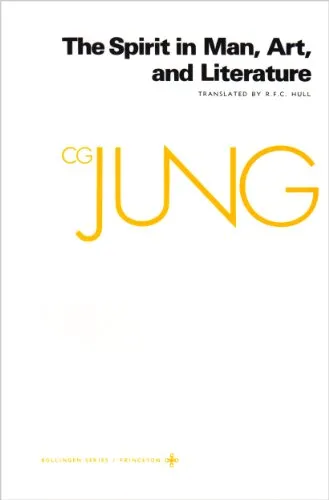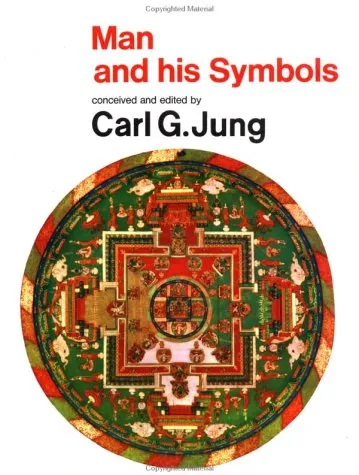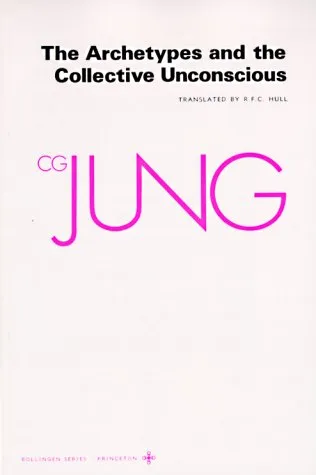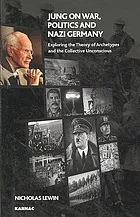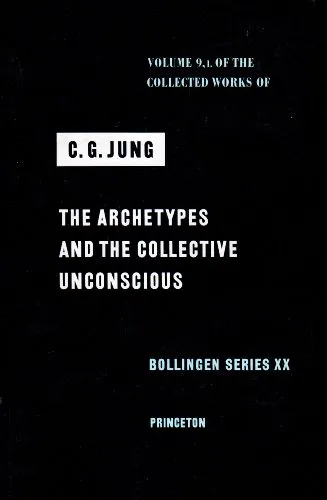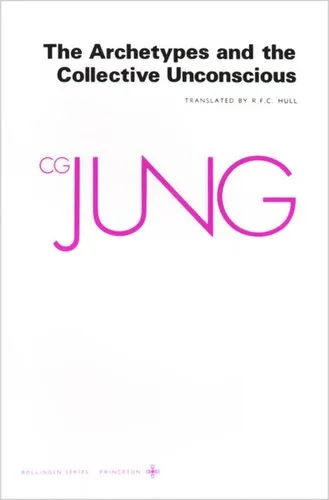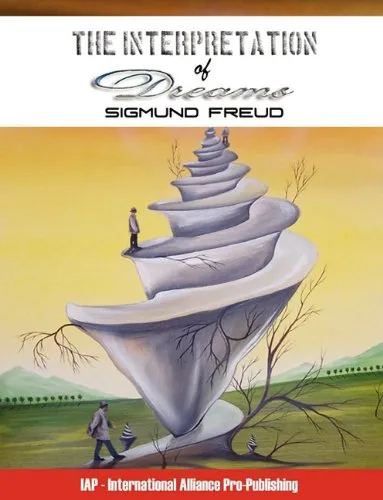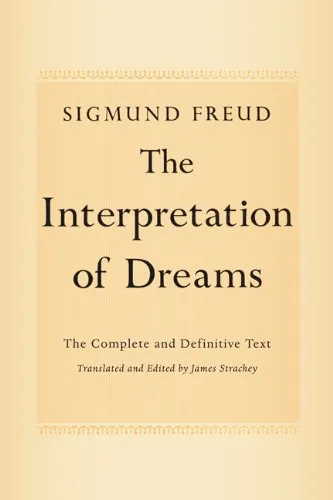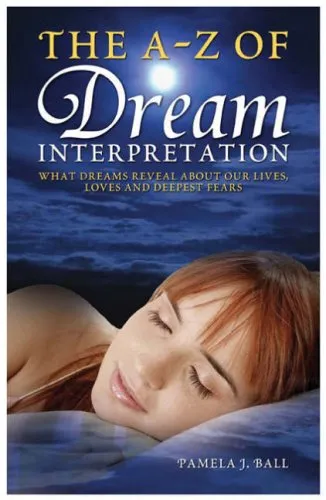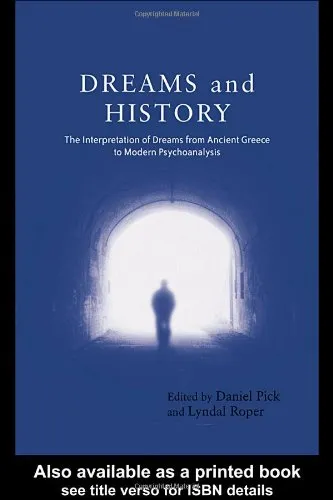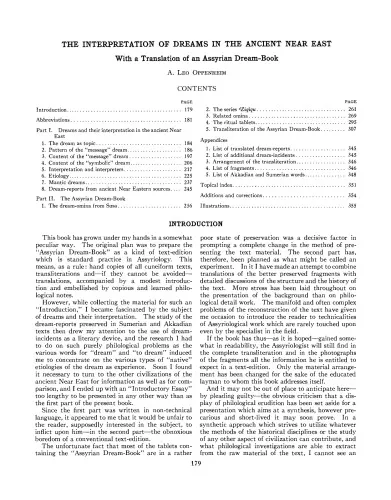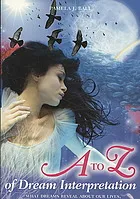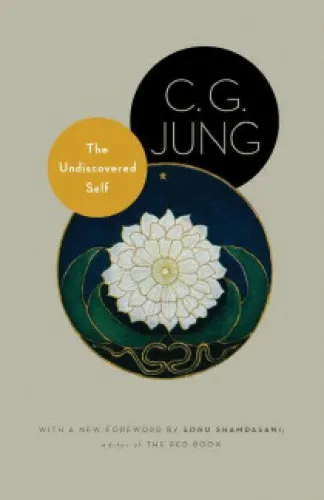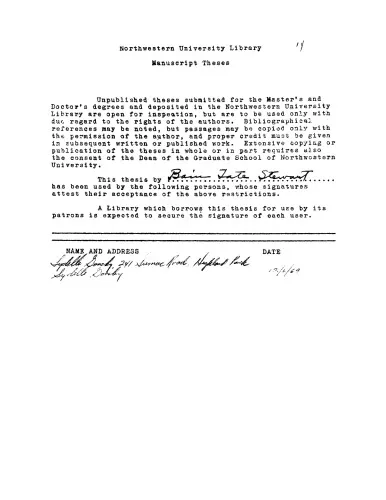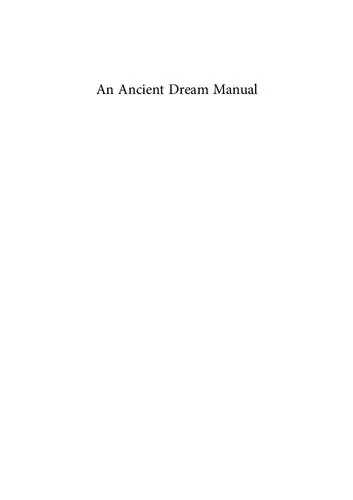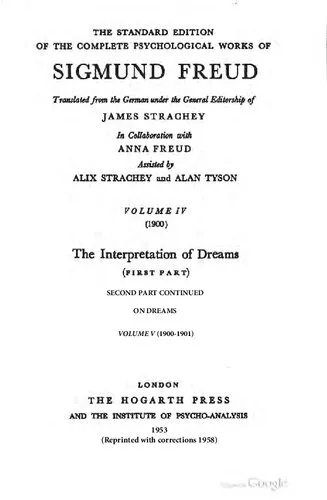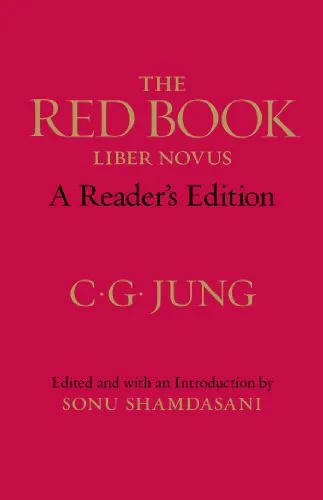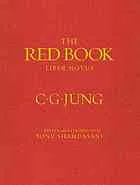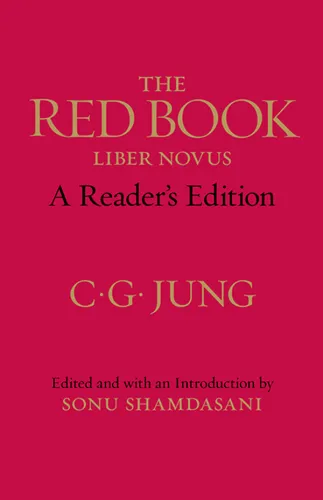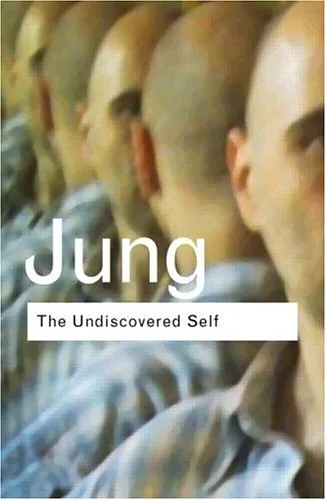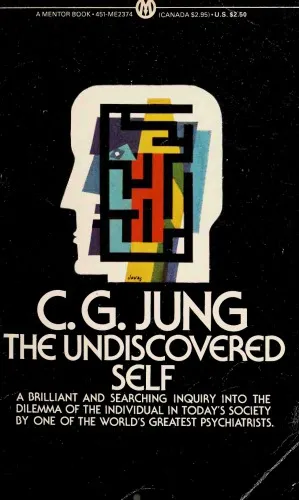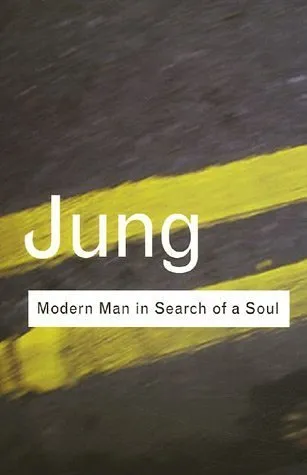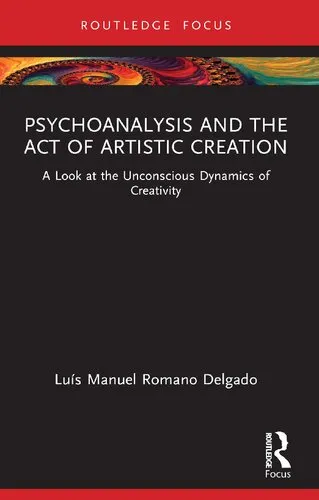The spirit in man, art, and literature
4.7
Reviews from our users

You Can Ask your questions from this book's AI after Login
Each download or ask from book AI costs 2 points. To earn more free points, please visit the Points Guide Page and complete some valuable actions.Related Refrences:
Introduction to "The Spirit in Man, Art, and Literature"
In "The Spirit in Man, Art, and Literature," Carl Gustav Jung weaves a profound exploration of how the human spirit manifests itself through creative expression. By delving into the realms of psychology, art, and literature, this seminal work illuminates the intricate relationship between creativity and the unconscious mind, offering readers deep insights into the nature of artistic inspiration and intellectual achievement.
Detailed Summary
The book is a collection of essays by C.G. Jung that discusses the interplay between the psychological state of the individual and their creative output. Jung considers how artists and literary figures are vessels for a deeper, archetypal reality, which is often unconscious. He suggests that art and literature are not merely products of individual genius but are influenced by the collective unconscious. Through careful analytical discourse, Jung examines the works of several significant figures, including Goethe, Picasso, and Joyce, to illustrate his theories.
Jung emphasizes the transformative power of art and literature, which serve as conduits for personal and collective evolution. Each essay carefully dissects the spiritual components of art and literary works to reveal how they interact with the psychic life of mankind, touching on themes such as symbolism, dreams, and mythology. Jung's reflections highlight how the creative process is an essential means of self-understanding and integration.
Key Takeaways
- Art serves as a bridge between the conscious and unconscious mind.
- Literary and artistic creations are expressions of collective unconsciousness as well as personal psyche.
- Understanding psychological principles can deeply enhance one’s appreciation of art and literature.
- Creative works can be seen as manifestations of archetypes and symbols that exist in the collective unconscious.
- Self-discovery through engagement with art is a route to psychological transformation and spiritual growth.
Famous Quotes from the Book
"The creation of something new is not accomplished by the intellect but by the play instinct acting from inner necessity. The creative mind plays with the objects it loves."
"Every creative person is a duality or synthesis of contradictory aptitudes."
"In each of us there is another whom we do not know."
Why This Book Matters
The significance of "The Spirit in Man, Art, and Literature" lies in its compelling integration of psychology with the study of art and literature. Jung's work is instrumental in expanding our understanding of the creative process and its psychological underpinnings. By highlighting the connection between the unconscious and creative output, Jung provides a framework for interpreting artistic and literary works that resonate on a universal level.
Jung's insights are invaluable not only to psychologists and analysts but also to artists, writers, and anyone interested in the humanities. His exploration of the deep psychological roots of creativity offers a new lens through which to view not only individual works but the entire human endeavor of artistic creation. This book remains a pivotal resource for those looking to deepen their understanding of human psychology and its expression through art and literature.
Free Direct Download
You Can Download this book after Login
Accessing books through legal platforms and public libraries not only supports the rights of authors and publishers but also contributes to the sustainability of reading culture. Before downloading, please take a moment to consider these options.
Find this book on other platforms:
WorldCat helps you find books in libraries worldwide.
See ratings, reviews, and discussions on Goodreads.
Find and buy rare or used books on AbeBooks.
1532
بازدید4.7
امتیاز0
نظر98%
رضایتReviews:
4.7
Based on 0 users review
Questions & Answers
Ask questions about this book or help others by answering
No questions yet. Be the first to ask!
